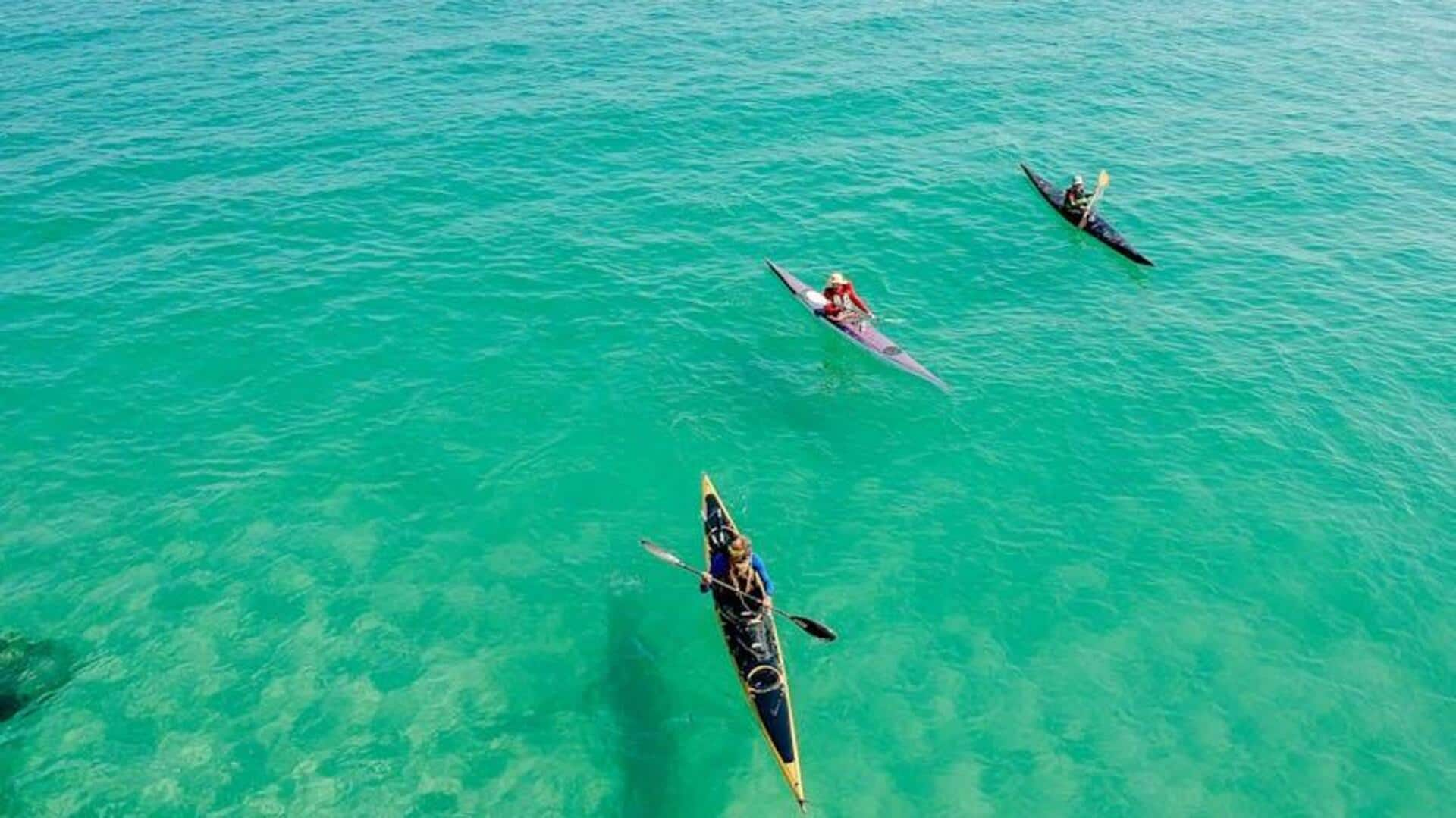
Kayaking in Chobe River: What to know
What's the story
Kayaking on the Chobe River provides a one-of-a-kind experience of meeting wildlife in Botswana. It allows explorers to go through the river's ecosystem, providing close encounters with a range of species. A perfect destination for nature enthusiasts, kayaking here combines adventure with the experience of witnessing wildlife, giving a unique perspective compared to regular safaris.
Wildlife diversity
Diverse wildlife along the river
The Chobe River is famous for its rich biodiversity. Paddlers can expect to see elephants, hippos, and crocodiles along the banks. Birdwatchers will find over 450 bird species in this area. The river's ecosystem supports a wide range of life forms, making it a hotspot for wildlife enthusiasts seeking an immersive experience.
Timing tips
Best time for kayaking adventures
The ideal time to go kayaking on the Chobe River is in the dry season, between May and October. During these months, the water levels are lower, and you can see animals gather near the riverbanks for water. This is when you can experience wildlife up close, with pleasant weather conditions.
Safety first
Safety measures and precautions
Going kayaking on Chobe River is all fun and adventure, but safety comes first. Not only does the river have resident wildlife, but the natural conditions can also be unpredictable. Thus, it is best to go with experienced guides, who understand animal behavior and river dynamics. Using life jackets and maintaining a safe distance from big animals like hippos makes the adventure safe.
Gear essentials
Essential gear for kayaking trips
Proper gear enhances your kayaking experience on the Chobe River. Not only do you need a sturdy kayak that would be ideal for calm waters, you'd also want paddles that give you good control. Sun protection (hats, sunscreen) helps combat the intense sunlight, while binoculars enhance wildlife viewing opportunities without disturbing animals' natural habitats.